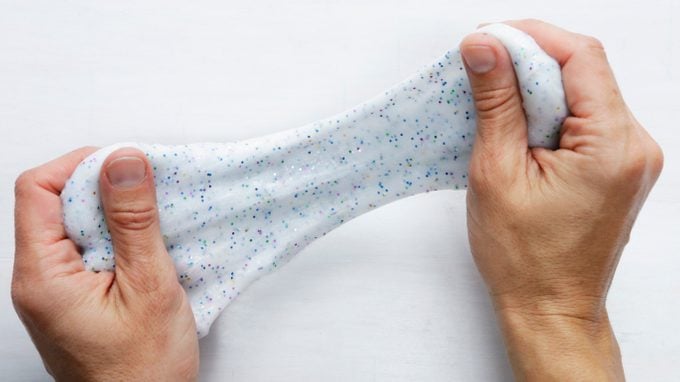When you make slime at home its not just kid’s garden is a rich educational experience and almost hands-on opportunities to learn. Making and playing with slime can be very educational, from learning scientific principles to fine motor skills. Additionally, visiting a slime shop can enhance the experience by providing a variety of ingredients and tools that make the process more engaging and informative.
-
Understanding Chemistry
Making slime offers one of the most fundamental educational benefits – chemistry. With some help from an adult and mixing ingredients like, glue, baking soda, and contact lens solution together children will witness a chemical reaction as the liquid ingredients combine to create something stretchy but also moldable.
-
Enhancing Math Skills
Slime involves making measurements which can help improve child’s math. Recipes tells you to do everything right, and it involves measuring your ingredients exactly accurate and catching all the proportions; sometimes also convert measurements For instance, children may want to measure and add half a cup of glue or a teaspoon of sodium bicarbonate.

-
Encouraging Problem-Solving
Slime can be temperamental and not always come out right, which helps with problem solving skills. If the slime is too sticky, kids have to work it out how much more activator to add. It can be if they need more glue or water added. And altering these will need analytical and testing efforts.
-
Promoting Creativity
This is a fun art project for kids where they can get in touch with their special side by making slime. With this kit, they can experiment with colors and textures to create their own varieties of slime. That creativity can be boosted to a whole new level by buying an array of supplies and slime ingredients like; food dye, glitter, scents etc.
-
Teaching Responsibility
Then, the fact that kids have to make and store slime means they also learn how to take care of it. They also learn to read the instructions carefully, clean up their work space and store it correctly so that the slime maintains its recipe consistency. Kids can help select storage containers that are airtight and properly sized, then label them. In turn, this applies to knowing safety rules like… not eating the slime and be sure you wash your hands when done.
By choosing the appropriate ingredients, tools, and extras from a slime shop, parents or teachers can easily help to transform a fun activity into an in-depth educational practice that not only provides joy but literally inspires children’s small minds.


